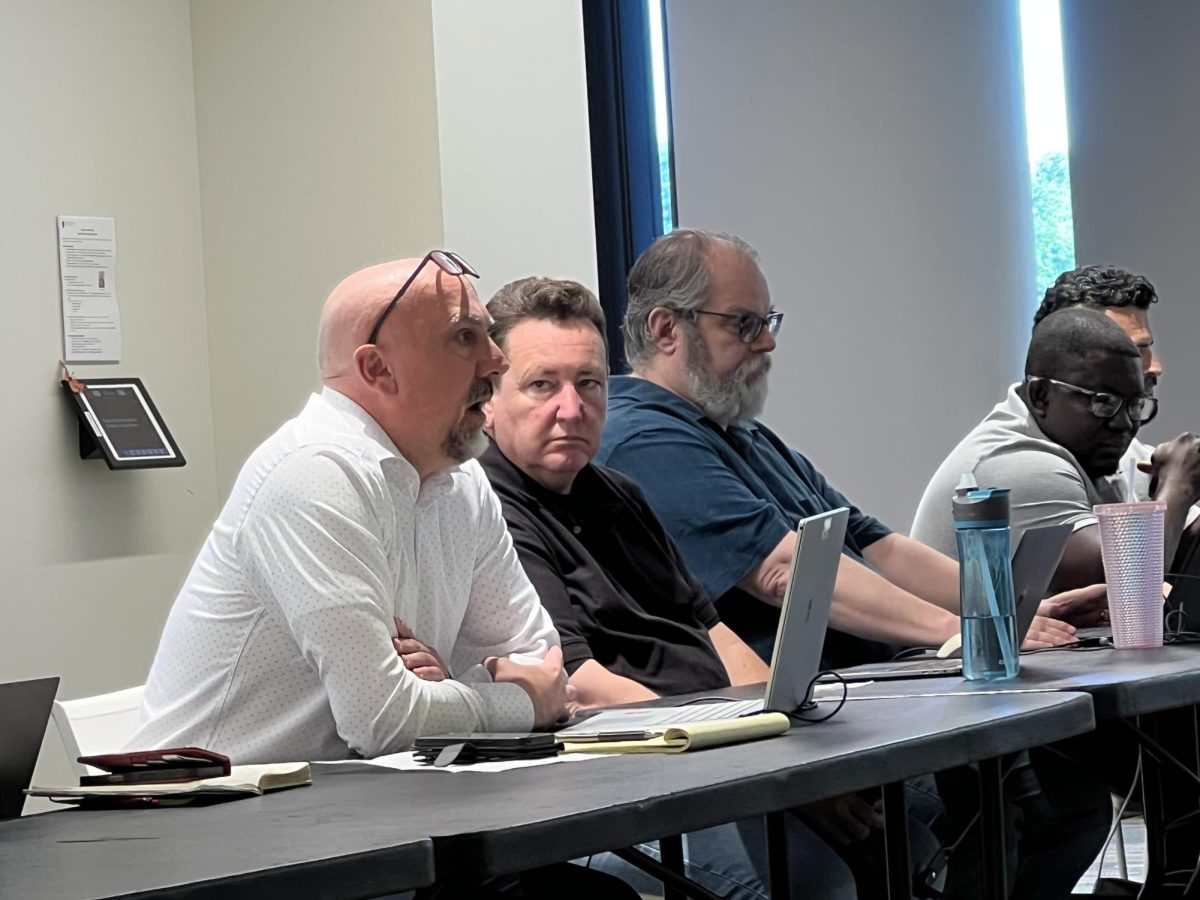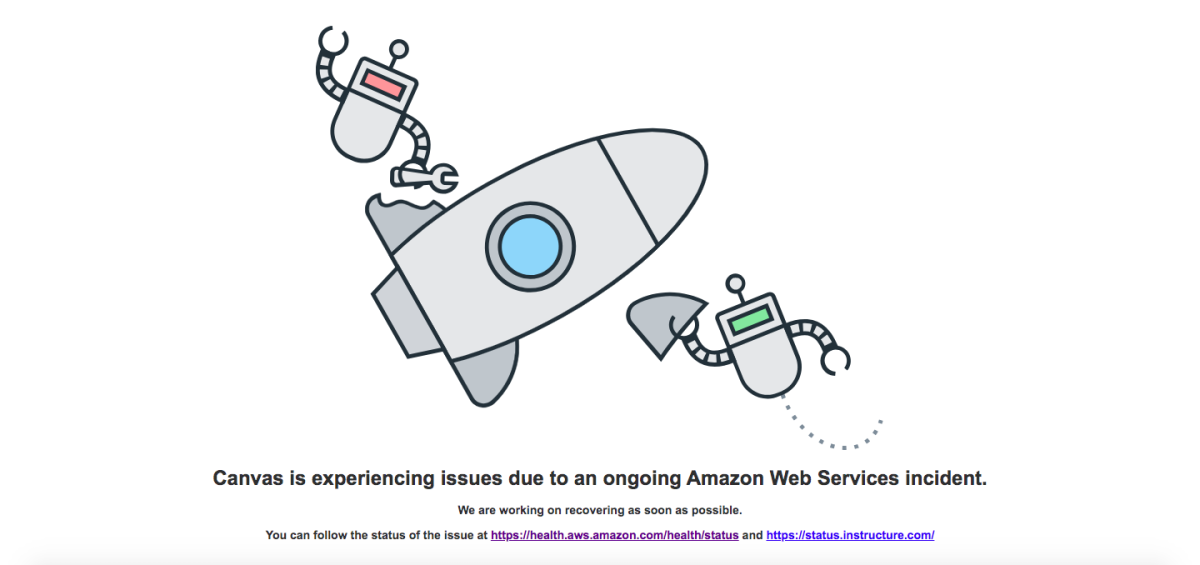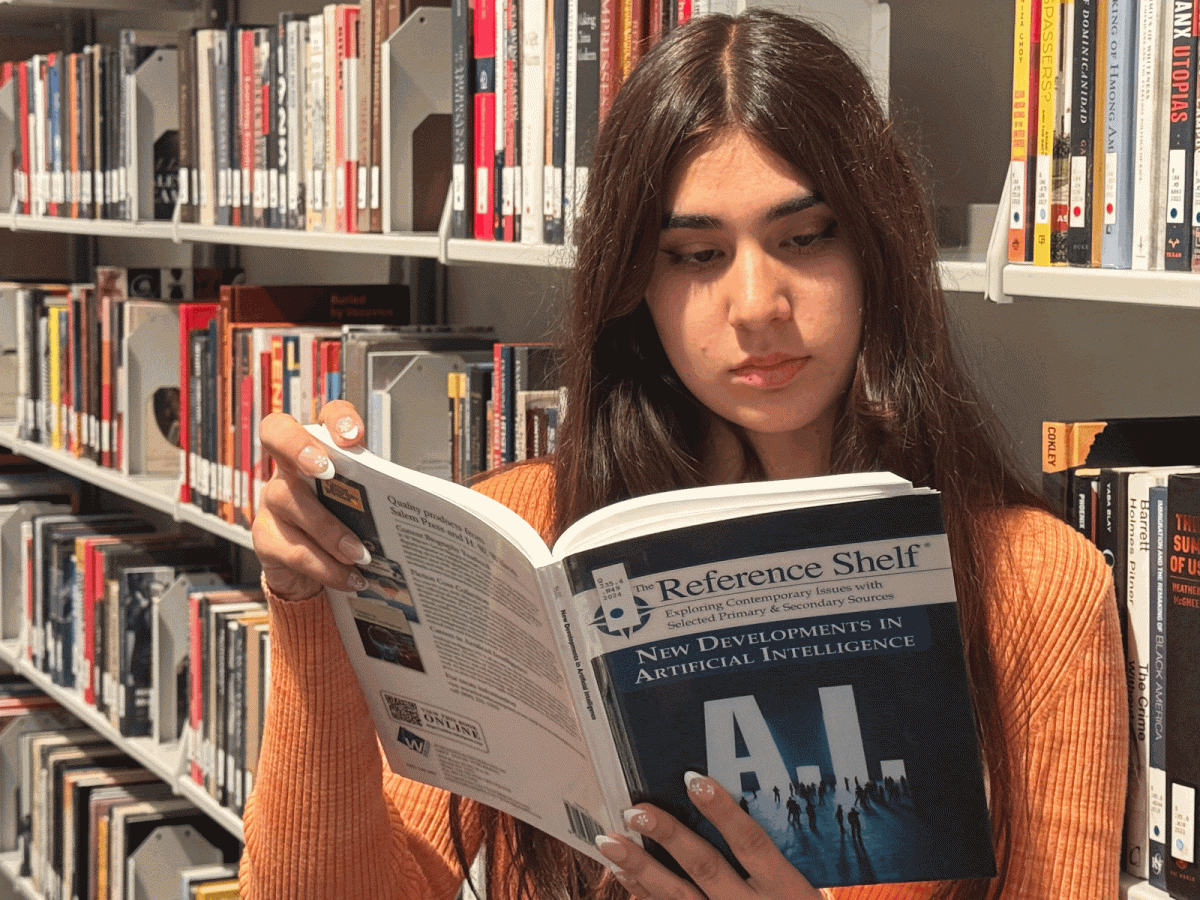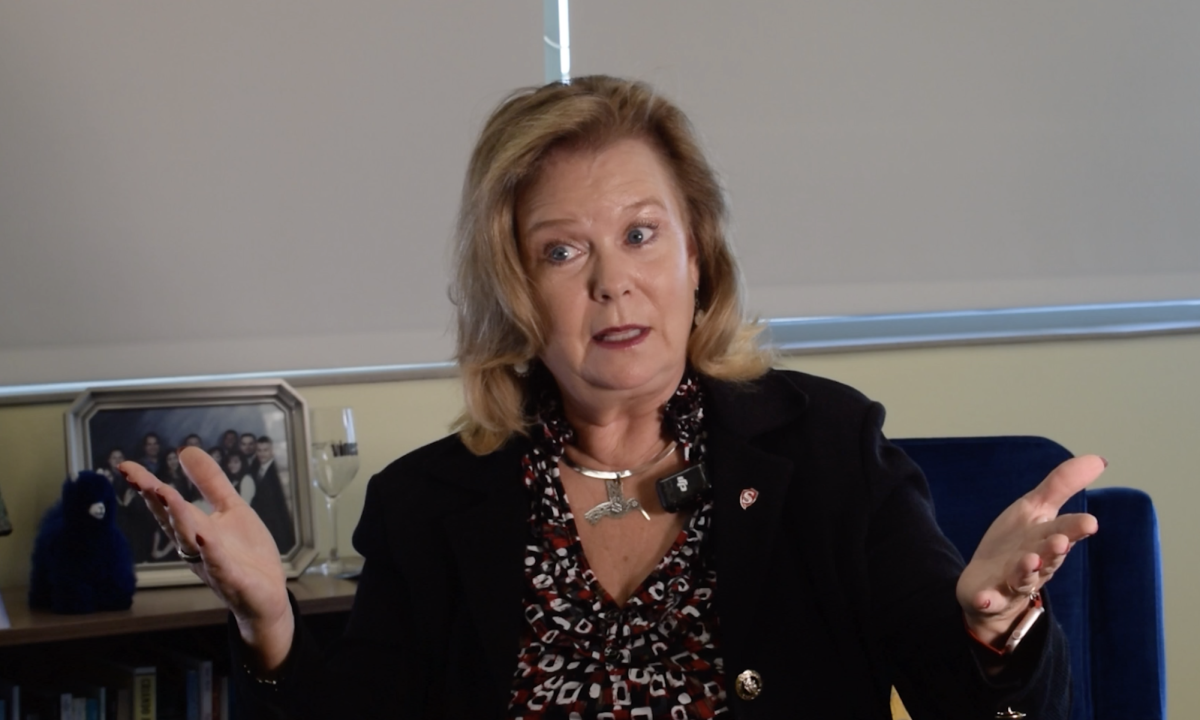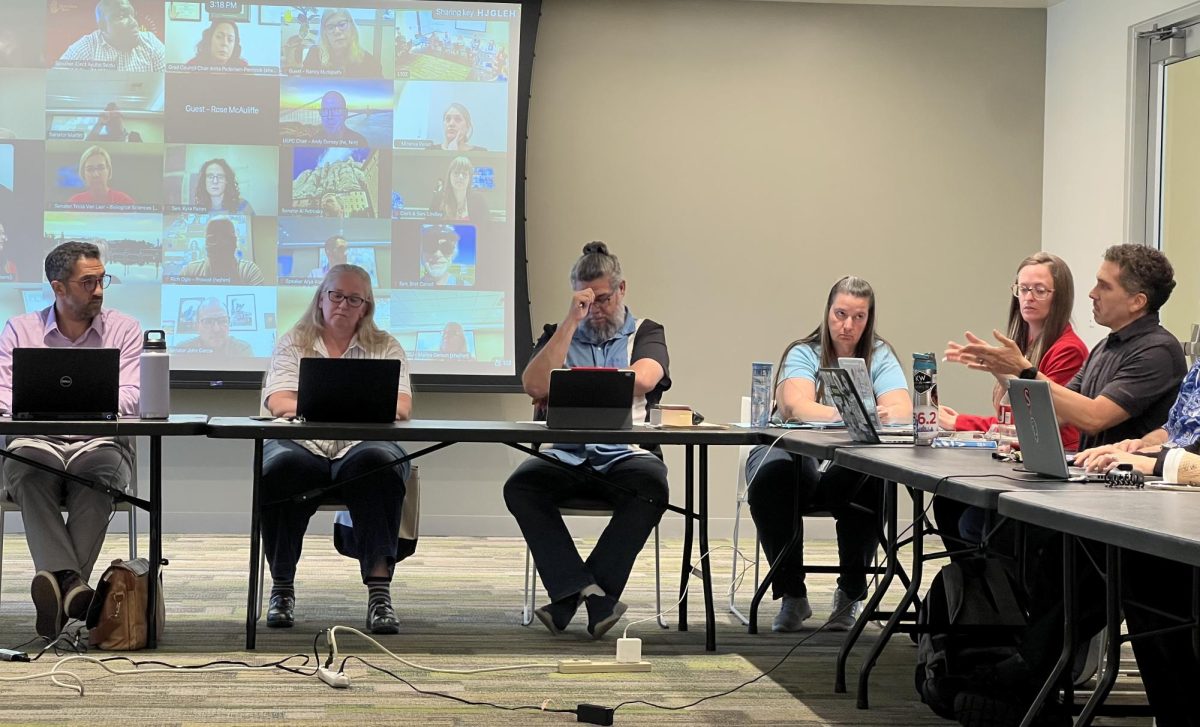Earlier this semester, Taylor Whitehead led an online Zoom session for Stan State students on how to manage their time and how to study better in order to lead a healthier life. As we approach finals, these tips and tricks are especially relevant.
Whitehead is the Health Educator for the Health Education and Promotion program at the Student Health Center at Stan State. Whitehead explained that she organizes various informational Zoom meetings and workshop activities that aim to improve the health of students.
The Zoom meeting was an informational event. Whitehead introduced herself and had students visit a page titled, “The No-Burnout Guide to Busy,” on the student health website, Campus Well. The page gave an overview of what students should be doing at various points throughout the day in order to manage their time better.
The guide is essentially a daily outline for students based on behavioral science. The outline does not take jobs or classes into account, so it is important for students to take the outline and accommodate it to their schedule.
The guide has various steps which Whitehead built upon by adding more information. For the first step, Whitehead suggests that students should start their day with a purpose as soon as they wake up. She stated that a small productive task such as making the bed, drinking water, meditation or various other small activities will do. This makes students feel accomplished because they have already completed one goal and so they can set out to achieve other goals. After breakfast, it is a good idea to plan out the rest of the day.
The guide states that midmorning is a good time to do demanding tasks because, according to Dr. Dan Ariely, professor of psychology and behavioral economics at Duke University, “starting about two hours after we wake up, we get two and a half hours to be a human dynamo.”
Again, this is simply an outline based on behavioral study. If this is the case for some students, that’s great, but it is also smart to look at habits and realize that if a student does demanding tasks better at 10 p.m. when everyone else is asleep, then that is the time for the student to do their assignments.
Estella Hernandez is a student at Stan State who attended the meeting. She said that she was relieved when she heard this because, “As a college student, I find myself doing my best work at 2 a.m. I’ll be submitting homework at 4 a.m. and I didn’t think it was healthy… I asked Taylor if this was bad and she let me know that as long as I am doing the work and my classes are not so early in the morning, then it is okay.” During the meeting, Whitehead mentioned that these habits are not harmful because the student was still getting a healthy amount of sleep.
The guide states that, after lunch, students should do a fun activity in order to energize themselves because lunch usually has people feeling full and sleepy. Whitehead advised students to do this by doing things such as taking a walk or doing a little bit of exercise.
In the late afternoon students should work on doing small parts of schoolwork that will be due at the end of the week. Doing a little bit of an assignment every day will ensure that students are not stressed by the time that assignment is due.
Evening time is one of the latest points of a student’s day, so they are more tired than other times. Because of this, something productive that students can do is do simple things such as going back to finish an assignment that had stumped them or even thinking about more creative projects. Anything that doesn’t require a lot of brain power is good to work on. Students can also reflect on what went well that day and what didn’t. This gives them the opportunity to make adjustments to their schedule the following days. This was the end of Whitehead’s overview of the guide and she moved onto the next portion of the meeting, which was tips on how to study better.
Studying is something that a lot of students are familiar with, but according to Whitehead, studying well is a different story. Because of that, Whitehead stated that it is a good idea to shake up studying habits. One could start highlighting, doing practice tests, color coding or even acronyms could help.
Jasmine Barajas is another student who attended the Zoom session. When asked for advice that she would give to other students, she referred to her notes and said, “I write everything down, even if it’s not required. I feel like it helps me memorize details. Even if we don’t have to take notes, I just write down what I can and it’ll help me remember it.”
Alma Guzman is another student who attended the meeting and some helpful advice that she gave to students was to practice on plastic sleeves. Guzman said, “For anatomy I would put those plastic sleeves onto pictures and diagrams and I would name them with the dry erase marker. Then I would erase and then do it again to memorize parts.” Guzman mentioned this in the context of anatomy, but regardless, it could be useful for students in other classes.
Whitehead also mentioned that one could make Zoom study rooms and meet with classmates before or after class in order to go over the material. Guzman says that she likes meeting with classmates because if they are confused about something, she can teach them the material and vice versa.
Some further tips that Whitehead gave are that if students have permission, they could record their classes in order to learn material when it is replayed.
According to Whitehead, it is not the best idea to study the night right before a test. Instead, she suggests that students study a little bit throughout the week in order for them to be able to rest on the night before their test.
As we head into the final weeks of these semesters, many students will be diving into their studies. These tips from Whitehead may just help you make it through this final stretch of the semester.
Whitehead holds various Student Health 101 meetings throughout the semester and upcoming meetings can be found on the University Events Calendar at the CSU Stanislaus website.


